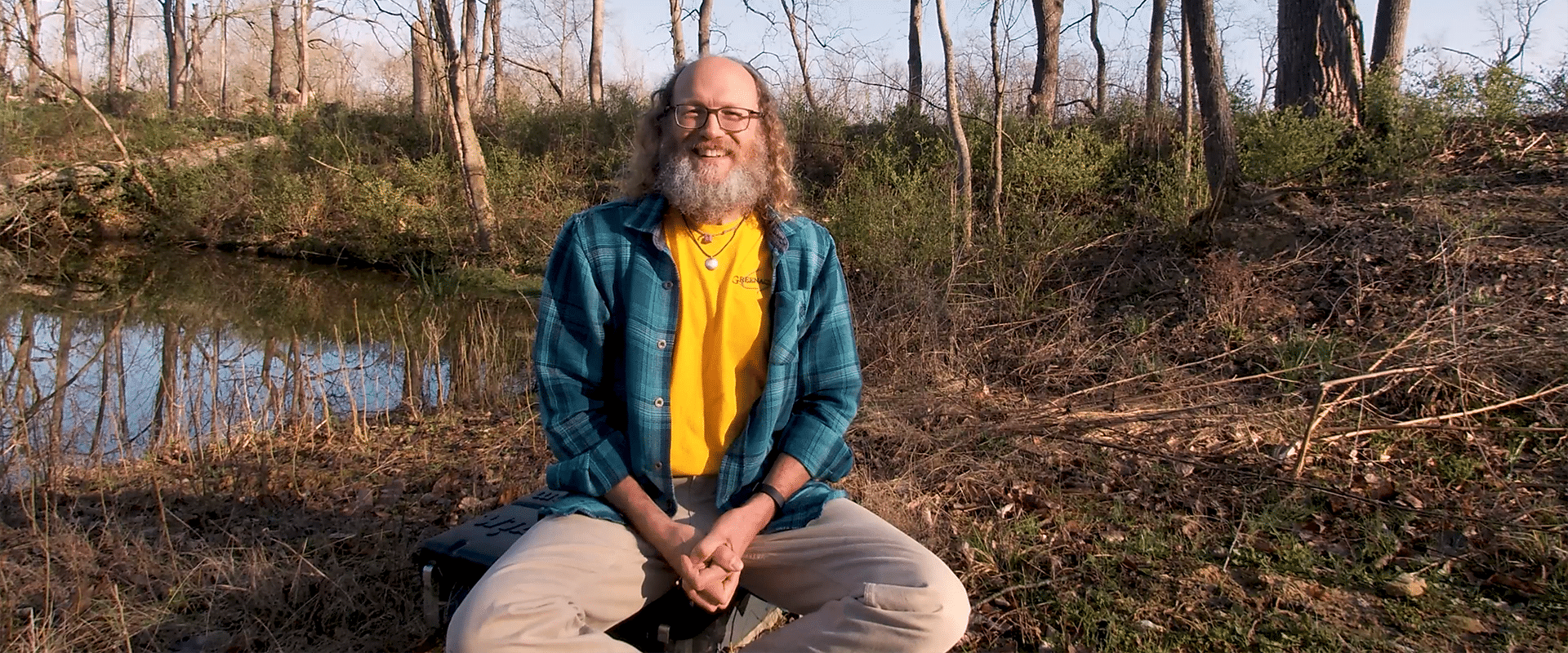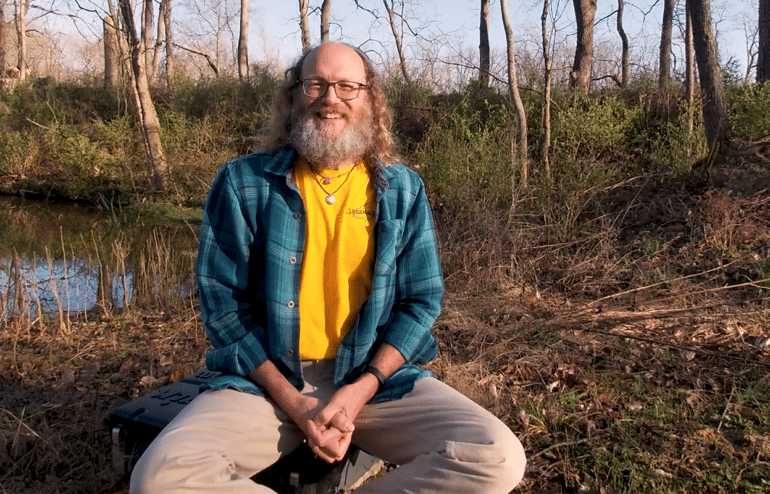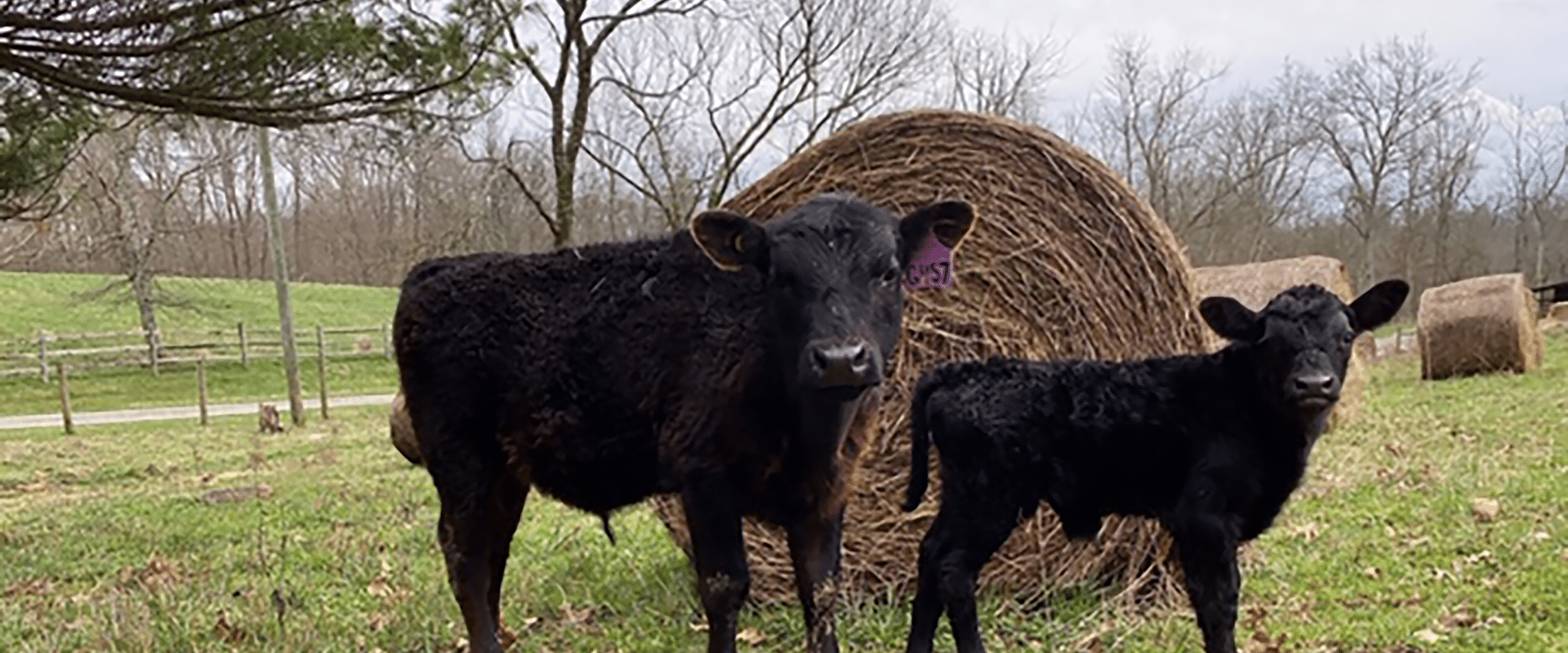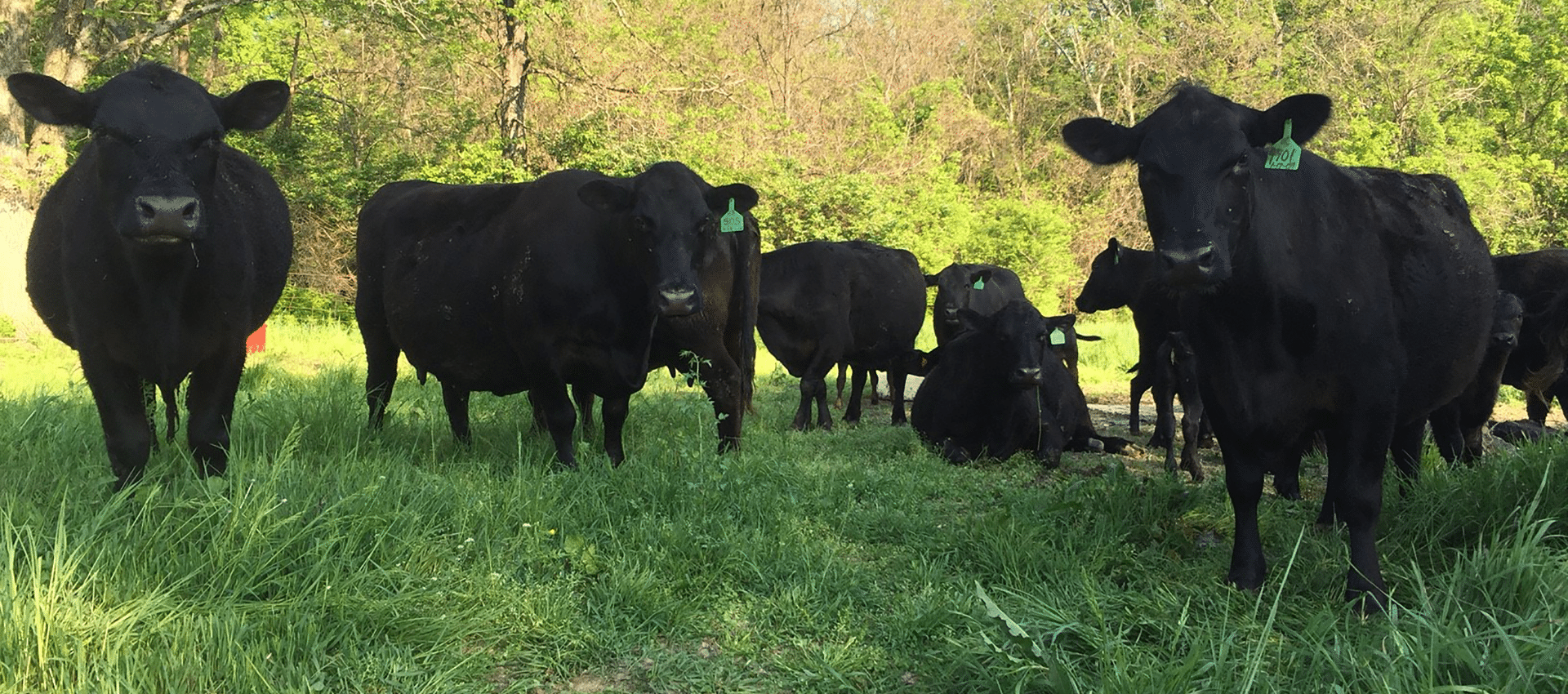
Take a Breath or Three
The following has been adapted from the The Teachings of Yogi Bhajan.
How to do it- the Cliff Notes version:
Long Deep Breathing uses the full capacity of the lungs by utilizing the three chambers of the lungs: abdominal or lower, chest or middle, clavicular or upper.
Breathing- inhalation and exhalation- happen through the nose.
Begin the inhale with an Abdominal Breath. Then add the Chest Breath and finish with a Clavicular Breath. All three are done in a smooth motion.
Start the inhalation by filling the abdomen, then expanding the chest, and finally lifting the upper ribs and clavicle. The exhale is the reverse: first the upper clavicular deflates, then the middle chest, and finally the lower abdomen pulls in and up. As the Navel Point pulls back toward the spine this forces any air left in the lungs up and out.
For Beginners- breaking it down in detail:
To learn LDB, practice by separating the three parts of the breath. Sit straight on the floor, in a chair, or lie on the back. (It is helpful for beginners to start out on the back.) Initially have the left hand on the belly, right hand on the chest to feel the movement of the breath.
Abdominal Breath:
Let the breath relax to a normal pace and depth. Bring your attention to the Navel Point area. Take a slow deep breath by letting the belly relax and expand. As you exhale, gently pull the navel in and upward toward the spine. Keep the chest relaxed. Focus on breathing entirely with the lower abdomen.
The diaphragm muscle separates the chest and thoracic cavity from the abdominal cavity and intestines. The diaphragm is a sheet of muscle that is normally in a dome shape. As you relax the diaphragm and extend the belly, the dome flattens and extra space is created to expand the lungs above it. When you exhale, the dome is re-created and the air from the lower lungs is pushed up and out. This pushing allows a portion of the lower lungs to be used efficiently. Place one hand on the Navel Point and one on the center of the chest. On the inhale, work to raise the hand on the navel toward the ceiling. On the exhale lower it steadily. With your hand, monitor the chest to stay still and relaxed. Very soon you will notice all the muscles involved in this motion.
Chest Breath:
Sit straight and keep the diaphragm still. Do not let the abdomen extend. Inhale slowly using the chest muscles. The chest expands by using the intercostal muscles between the ribs. Do this slowly and focus on the sensation of chest expansion. Exhale completely but do not use the abdomen.
Compare the depth and volume of this breath with the isolated abdominal breath. If you place your hands on the top and bottom parts of the ribs you can feel how the bottom ribs move more than the top ones. They are the floating ribs and are not as fixed as the upper ones, which are attached to the sternum. Much of the contribution of the ribs and intercostal muscles comes from an expansion out to the sides by the lower ribs.
Clavicular Breath:
Sit straight. Contract the navel in and keep the abdomen tight. Lift the chest without inhaling. Now inhale slowly by expanding the shoulders and the collarbone. Exhale as you keep the chest lifted.
Feel for the rise of the shoulders and an expansion of the upper chest. On the whole, most of our daily breathing never gets to this section of our lungs. By breathing into the clavicular space, we can reduce both neck and shoulder tension or stress that is held here.
Putting the parts together:
Each part of the breath expansion and exhalation are distinct. When all three are combined, this becomes the complete Long Deep Breath.
Begin the inhale with an Abdominal Breath. Then add the Chest Breath and finish with a Clavicular Breath. All three are done in a smooth, fluid motion.
Start the exhale by relaxing the clavicle, then slowly emptying the chest. Finally, pulling in the abdomen to force out any remaining air.
Continue long deep breathing for 26 breaths, or 3 – 31 minutes.
Not everyone feels that they have or can take time to sit and breathe for 3 minutes let alone 31. That is okay. Everyone can benefit from this breathing technique by starting with just three breaths. Three long, deep breaths is just enough to calm the mind, slow the body and start the body’s reset/healing processes. Research has shown that just 30 seconds of long deep breathing begins to lower the heart rate, lowers the blood pressure and releases relaxing endorphins to the brain. With practice- and the satisfying results that follow- three breaths will soon evolve to three minutes and maybe even beyond. As with any exercise or fitness routine, please check with a physician if you have any questions or concerns about this practice and stop if you feel any pain or discomfort. Thank you for your time!








